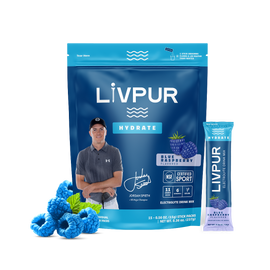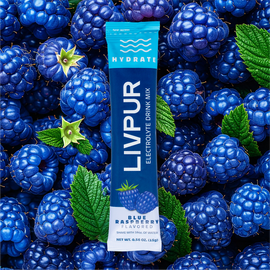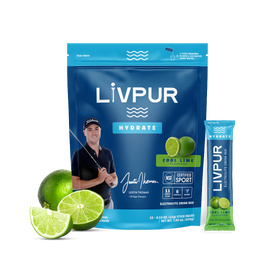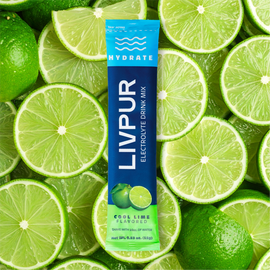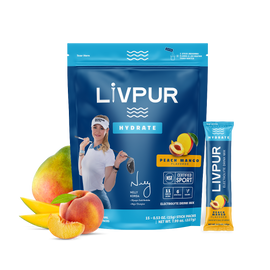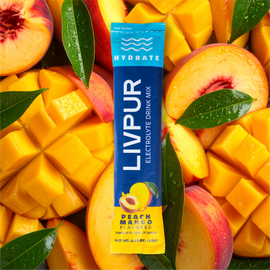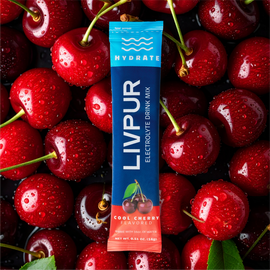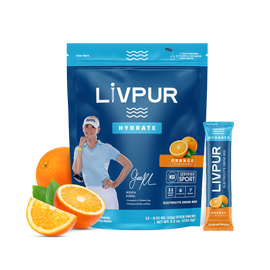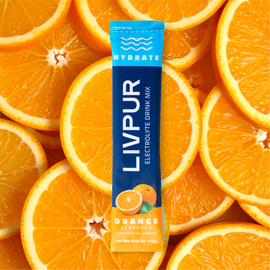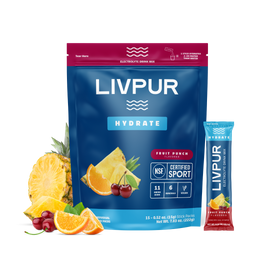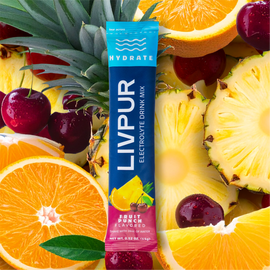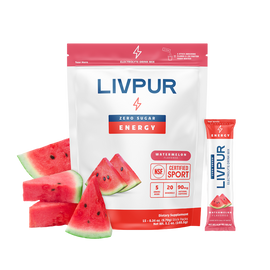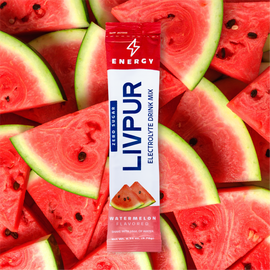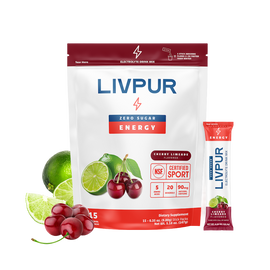October 09, 2023 • By Laura Onie • Blog
Choosing the Right Energy Drink for Workouts
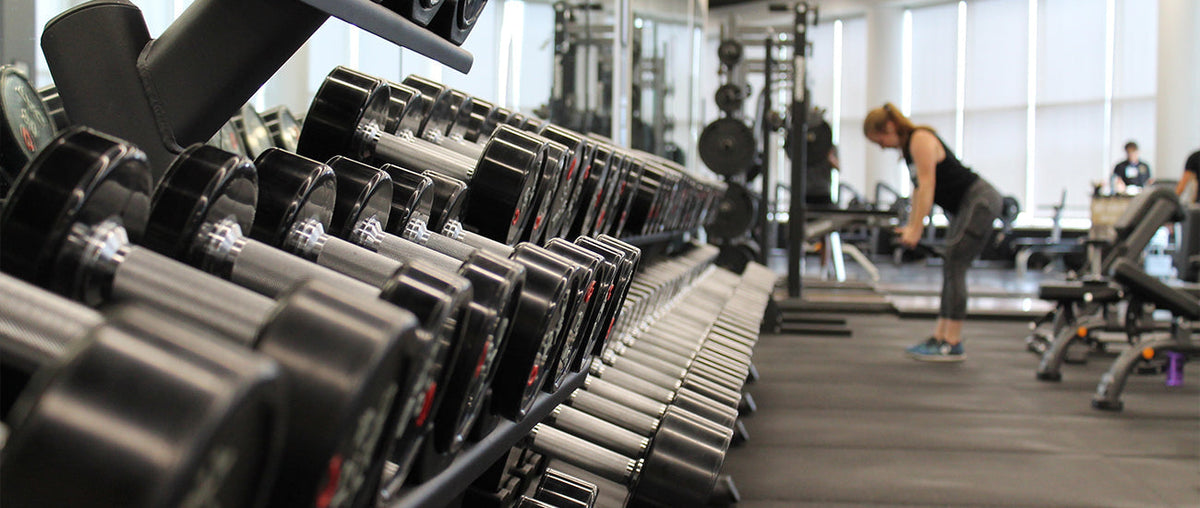
Whether you’re short on energy or need to ask more of your body than usual, what we drink around training sessions counts.
Relying on energy drinks for workouts is a relatively new practice. If history’s most legendary athletes and Golden Era bodybuilders didn’t need them, why do we?
Keep reading to find out. We’ll cover the best beverages for pre- and post-workout, as well as what to drink during training and other ways to maintain motivation.
Are energy drinks good for exercise?
Yes, they can be. Drinking an energy booster an hour before a workout or during a longer session can boost performance. This mainly applies to high-intensity exercise.
Energy drinks for workouts can also fend off fatigue, shorten reaction times, and even enhance your mood, so you’re more likely to keep up the good work.
Coming up, we’ll look at what’s inside the best energy drinks for workouts (it isn’t just about caffeine). For now, let’s clear up which energy drinks to avoid.
The Problem with (Some) Energy Drinks
Go to the refrigerated section of any convenience store and you’ll be spoiled for choice. Rows and rows of energy drinks in every flavor and formula imaginable promise superhuman ability.
The truth is that many of these are not good for your workout. Why? The short answer is sugar.
Many mass-market energy drinks contain 28 to 34 grams of added sugar. For a lot of individuals, this is the upper limit for an entire day. Plus, the sugar in question may be in the form of high fructose corn syrup. Substances like this increase the risk of obesity and type 2 diabetes – two conditions we’re actively working against during exercise.
Next is the caffeine content. Some popular brands offer 200-300 mg of caffeine per serving – that’s two or three cups of strong coffee in one drink. While caffeine is our go to for an energy boost, relying on this amount regularly may be linked to heart problems.
You also have to consider the source. Are you imbibing triple doses of synthetic caffeine that make you jittery, or is it a beneficial amount of natural caffeine? In the gym or on the field, the difference is clear.
Here’s the bottom line. That combination of sky-high sugar and triple caffeine causes one of the biggest problems we see around exercise: dehydration. As you lose water during exercise, your temperature and heart rate begin to rise, and you crash. The very thing the energy drink was supposed to prevent.
Let’s see how we can avoid this.
What to Look for in a Pre-Workout Drink
It’s best to drink pre-workout an hour before training but depending on the formula, 30 minutes may suffice.
The goal is to increase energy levels prior to the start of the session so we come in with optimal drive and focus, even during that all-important warm-up. Here are some qualities the best formulas have.
1. Low to no sugar.
A little sugar or stevia sweetener is fine, but there’s no reason to overdo it. Natural flavor is usually enough to make a pre-workout drink palatable enough.
Some pre-workouts are high in sugar because it enhances that energetic effect. However, the crash has even more impact. It comes on quickly, too, so it’s not good for sustained performance.
2. Natural source of caffeine.
Your pre-workout drink should have as much caffeine as a cup of coffee, but look into where that caffeine comes from.
For instance, natural caffeine from guarana doesn’t release as quickly as other sources, so you require less for the duration of the session. This isn’t just more effective; it’s more economical as well.
3. Extra vitamins and minerals.
Caffeine may do most of the heavy lifting, but additional performance-supporting ingredients can help you get the most out of a supplement.
In particular, vitamins from the B complex can help with energy levels and metabolism. Minerals like magnesium also support healthy energy, electrolyte balance, and oxygenation of working muscles.
4. Amino acids.
An assortment of amino acids can help prevent protein loss and build lean muscle. Some may also support lower stress levels, improve mental clarity (which helps with coordination), and help maximize the results of exercise overall.
5. Third-party testing and certifications.
Third-party testing and relevant certifications verify that what’s on the label is consistent with what’s inside. They can also indicate that the product adheres to high standards in sourcing and manufacturing.
Some certifications, such as NSF Certified for Sport, require regular audits and even ensure there are no banned substances in your supplement.
What to Drink During a Workout
What you drink during exercise may vary depending on the intensity and length of the workout.
For instance, if you’re engaging in an hour-plus of high-intensity cardiovascular exercise, hydration should be your primary concern. Choose a drink with sodium and other electrolytes like magnesium and potassium.
However, just as we see with many energy drinks, watch out for sugar. A little sugar is good, but the average sports drink contains far too much.
In every other case, water is best. Drink seven to 10 ounces for every 15 minutes of activity.
How to Choose a Post-Workout Drink
The hard part’s over, but your body is still going through a lot. You’ll continue to burn calories as your muscles seek to replenish their glycogen stores.
Not to mention, the tiny tears that occur as a result of exercising will begin the repair process. How well that goes will determine the amount of soreness you experience in the coming days.
Be sure to eat enough carbohydrates and rehydrate after a workout. Other than that, there are post-workout drink formulas that can help.
The rougher a workout is on your body, the harder it will be to get up and do it all over tomorrow. Ingredients such as adaptogens and magnesium can increase your sense of wellbeing and combat fatigue.
From there, amino acids and antioxidants can support the muscle repair process, working against aches and inflammation.
Workout Tips for Extra Motivation
Fueling your body right is just step one. The following workout tips can help reduce the risk of injury and stay on track to meet your goals.
1. Do not overtrain.
Plan to progress in increments. Increasing intensity or frequency too soon can result in overtraining, the biggest demotivator of them all. Plateaus, poor mood, and stiff muscles that never stop aching are key symptoms.
2. Use multiple methods for tracking progress.
If you’re using apps to track workouts, make sure this data can be easily accessed for review over time. It may also be helpful to manually log a few observations after each workout. Revisit your notes weekly.
If you’re working on a body transformation, don’t forget to take photos every week. Additionally, record your measurements. The number on the scale isn’t always the best indicator of progress.
3. Add variety to your programming.
Boredom is the root cause of so many abandoned workout plans. Prevent it from happening by mixing up your activities. For example, if you’re always strength training, try a spin class once or twice a week. If you’re a distance runner, go for a swim.
This is useful for light activity or recovery days, too. Instead of going for a walk, take a gentle yoga class. You’ll be nourishing areas of fitness you don’t usually target, such as flexibility or speed. It also gives the more heavily trained areas a break.
4. Reward yourself regularly.
The most common “reward” for a job well done in the gym may be a cheat meal at the end of the week. This is always welcome, but it’s also motivating to reward yourself with things that serve your goals.
Treat yourself to a new piece of fitness tech, or a new gym outfit. You could even reward yourself with a deep tissue massage or other rehabilitative practice that supports recovery.
The Best Energy Drink for Workouts – Key Takeaways
Energy drinks before or even during a workout may enhance focus, performance, endurance, and more. If you have a demanding schedule, that pre-workout booster may be the deciding factor in whether or not you even show up at the gym.
However, the combination of high sugar and caffeine can lead to energy crashes, dehydration, and impede recovery. Strike a better balance with low to no-sugar energy drinks with moderate amounts of natural caffeine.
During your workout, make sure you’re staying hydrated with enough water. If your workout is really demanding, look into a low-sugar hydration solution with electrolytes.
Finally, after exercise, the body still has needs. Support recovery with antioxidants and amino acids so you can repair and rebuild with less soreness.
Want to learn more? Get the full breakdown of what’s inside LivPur’s Energy and Recovery formulas. With a variety of natural flavors, amino acids, and complementary vitamins, minerals, and herbs, it’s made for people on the move. Try our new flavor: watermelon energy!
